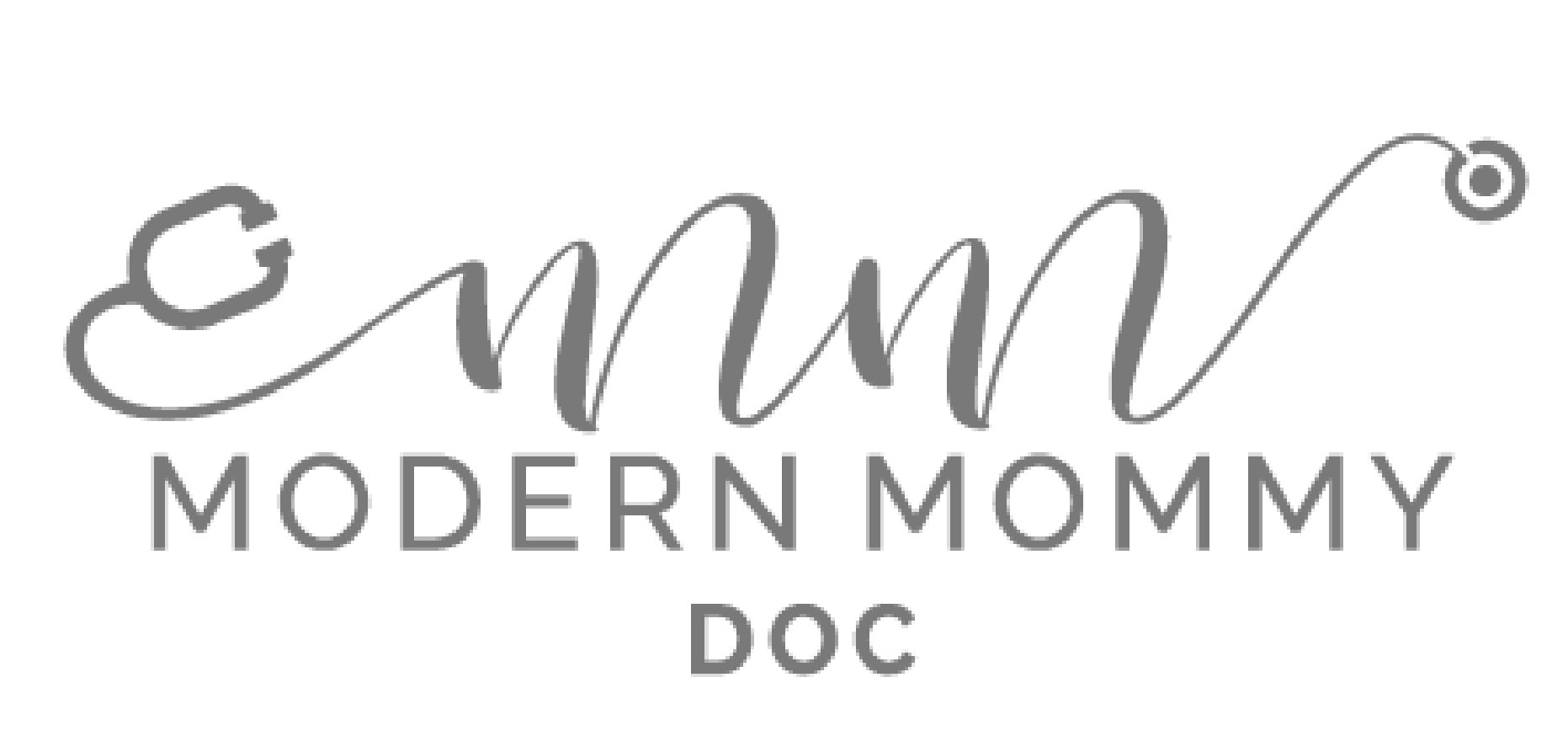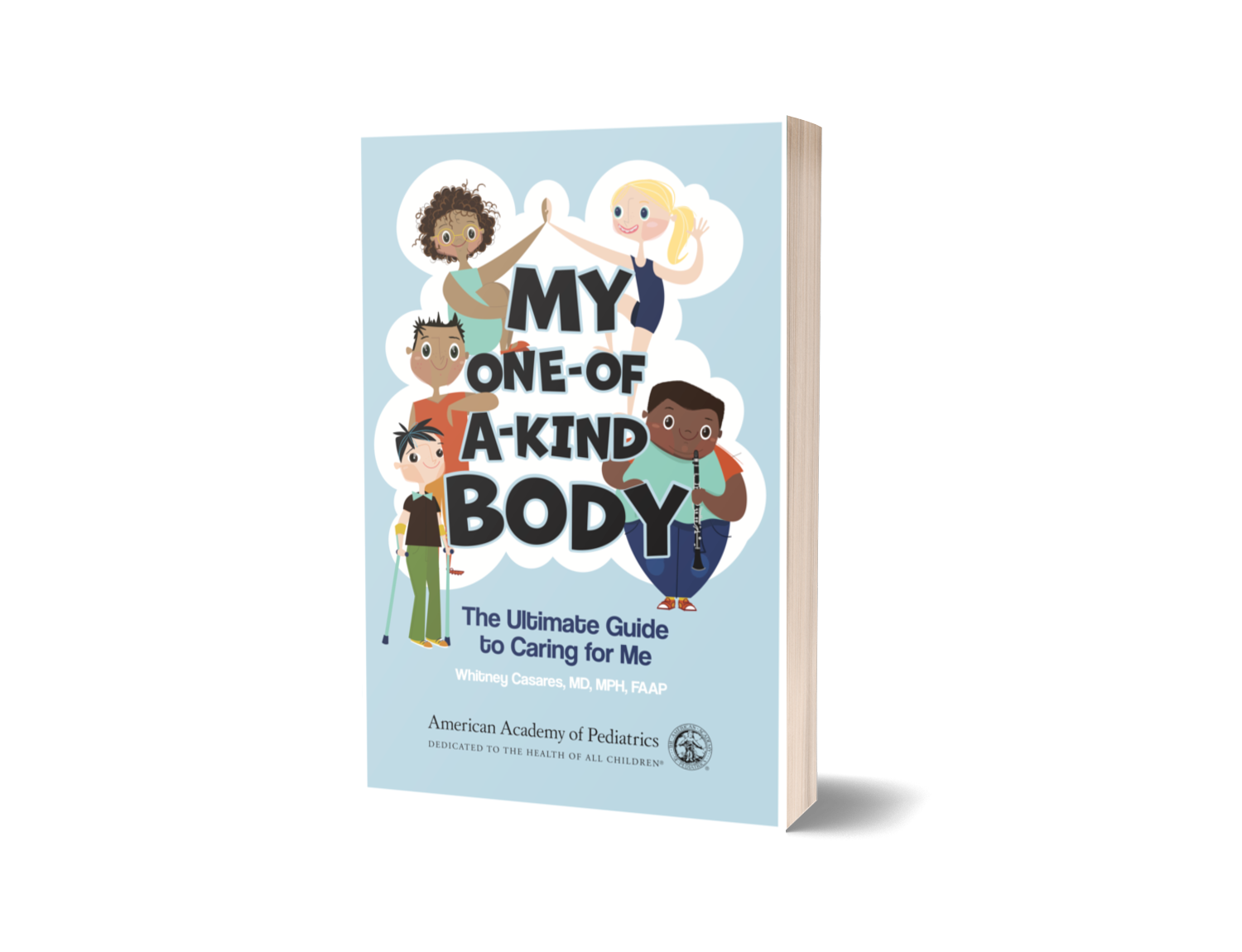As moms, we often feel like we’re failing because there’s something wrong with us, not because there’s something wrong with our systems. And it’s usually our systems that are actually broken! So the whole way that we approach being a working mom is working against us, not for us.
The system that we use at Modern Mommy Doc is the Centered Life Blueprint and it’s a framework that shows working moms how to change their systems so they’re working FOR them. There’s a ton of different components to it, but the one I want to focus on is setting boundaries around your time, energy and focus.
You do this by first deciding that you are worthy of spending your time, energy, and focus on the things that matter to you.
The things that are important to me are what I call my Centered Vision, almost like a masterplan for my life. Not a manifestation, but the things that I really want to focus on–my values and priorities. For me, that’s contribution, financial freedom, family connection, health, and world travel. These are the things that I want to be able to say ‘yes’ to all the time, but in order to do that, I have to spend much less time, energy, and focus on things that don’t matter nearly as much. In order to do that, I have to set some healthy boundaries.
The first step is to understand what an unhealthy boundary is or what it feels like when my boundary is crossed. How does it feel in my body? It could be fatigue, rage, lack of motivation to get out of bed, or just feeling generally unhappy. There’s two sides of unhealthy boundaries: those that are way too flexible (where you’re getting walked all over, sharing too much, etc…) and those that are much too rigid (where you’re being withholding, lacking connections, etc…)
Once you’re aware of what that’s like when boundaries are crossed, you’re going to become more aware when it’s occurring. So when you start to notice those things in your body, you’re going to realize a boundary has been crossed (or that there was never one to begin with) and you can set a healthy boundary and change the game.
There are a few ways to do that:
Empathize with the other person. This lets them know that you see where they’re coming from, they feel understood, lowers their defensiveness, and makes everyone feel like they’re on the same team. Both sides can acknowledge that what’s being said might be offensive to the other side, but that’s not the intention.
For example, if your mother-in-law keeps making comments about your kids needing to bundle up, you can start the conversation by using “I feel (emotion) when you (action).” “I know this isn’t what you mean, but I feel really judged when you talk about things that are my parenting responsibilities.”
Clarify what you’d like to see in the future. This is you setting the boundary. You can also express appreciation for them already honoring that boundary. “In the future, I’ll decide what she wears and I really appreciate you letting me make that decision.”
Maintain that boundary. You have three options for how you’d like to hold that boundary when it’s crossed in the future: ignore it, create a consequence, or to make a compromise. Sometimes ignoring it really is a healthy option if it’s not that big of a deal. Creating a consequence lets them know what will happen now that they’ve crossed the boundary. (If MIL says again that they need more layers, you can say, “Well, then I don’t think we’re going to be walking to school together again because it’s obvious that it’s going to be causing too much stress for everyone involved.) Compromises with boundaries just let each side give a little (“How about a hat and a scarf instead of a jacket?”
Boundaries are only one piece of the puzzle to create systems that work for you!
Boundaries fall into the category of Heartstrings–the things that we really do love and want to take care of (like relationships) but know that they only way they work is if we have healthy boundaries around them. But there’s also the Contaminators, the extra things in life that we just don’t need and are working getting in the way. There’s also the Non-negotiables which are the things that fall into your plate and absolutely have to be done by you, but you can make sure you do with efficiency. Lastly, there’s the Swappables, the things on our plate that don’t need to be there (or don’t need to be done by you) that we can be delegating and giving to other people or other automations.
When you build strategies around these to allow yourself room to deal with all of that stuff, you give yourself more time and space for your Centered Vision to expand rather than just collapsing around you.
Here’s our evidence-based solution that we use here at Modern Mommy Doc to give you the personal solution to your needs–because every mom is different: our Conflicted to Centered On-Demand Coaching. It’s the way you’ll feel less resentful towards your partner and want to blow up at them less, you’ll be less likely to erupt at your kids or feel like your heart hurts when you’re at work, but your head hurts when you’re at home.
You really have two options: have a system that works against you and leaves you feeling overwhelmed and frustrated or to have a system that’s simple, effective, and works for you.
Our on-demand coaching gives you:
- 7 one-hour video sessions with me, Dr. Whitney that you can watch at your own pace.
- Space for reflection so you can discuss and implement those systems with your partner
- Skills you need to build more productivity and efficiency into your life so you can manage all those Non-negotiables
- An audit of your calendar and responsibilities and be able to identify what you can take off your plate and give to someone else or remove entirely
- An audit of the things in your home so it feels less cluttered and you have less to take care of–plus a framework so you can continue that system moving forward
- The necessary skill of setting boundaries so you can learn why you’re let people walk all over you, how it benefits you, and how to maintain them in the future
- Skills to truly take care of yourself as a working mom
This coaching program comes with:
Audio lessons so you can listen to them on the go, like a podcast
Downloadable workbooks
- 3 months of access to a private chat group within the Modern Mommy Doc (one of the most helpful parts for moms when they join because we all thrive within community!)
- Twice weekly live Q&A sessions with me where you can get answers to your questions that came up while you were going through the coaching sessions
- Plus access to your entire video library in the app about navigating kids’ emotions and parenting in partnership
Imagine for just a second how it would feel at the end of your week to be content, purposeful, enjoying being with your kids, not having been caught thinking about something else over and over again when you’re with them. You feeling excited to start your day. Feeling like you’ve got a navigational beacon for your life. Not feeling like a failure every single day.
Things won’t be perfect, but on the whole, feeling like you’ve got a system that will work for you and not against you.
To get all the details you can check out the show notes, go to our website, or attend one of our free webinars.
I invite you to just take a step to having more hope. To feeling like you’re moving in the right direction that will serve you.
It’s okay to not feel okay, but it’s not okay to stay there.












